Note: This is a guest post written by William Judd
Windows Phone 8 was finally launched this Monday, as Microsoft had the foresight to not hold their press conference on a pier in hurricane-stricken New York City (unlike rivals Google).
One of the big themes of the launch as delivered by Steve Ballmer was killer hardware – for the first time, Windows Phone can compete against Android and iOS in the specifications game, making use of that increased firepower to support more complex applications and other new functionality. In this article, we’ll have a look at the Windows Phone 8 models from each manufacturer and see how they stack up. Let’s go.
Nokia Lumia 820 & Nokia Lumia 920
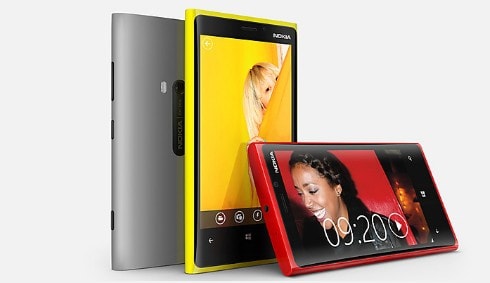
The Finnish giant has pinned their fortunes on Windows Phone, and it showed with their first generation hardware: The Nokia Lumia 700, 800 and 900 went on to sell more units than any other Windows Phone manufacturer, with the strong unibody designs and unique added Nokia applications proving to be big advantages.
For the next generation, Nokia isn’t going to have as easy a time of it, as typically Android-focused vendors have worked harder on their Windows Phone designs in response. The Nokia Lumia 920 and Nokia Lumia 820 all run the new OS, but haven’t changed much in their overall design.
You’ll still find a unibody shape in bold colours, a description that now could be applied to HTC’s efforts as well. Cameras have traditionally been a Nokia strong suit, and the Lumia 920 looks to continue that by including the first PureView camera that first debuted in the Symbian-running 808 PureView. While the massive megapixel count from the 808 hasn’t made the jump, excellent low-light performance and optical image stablisation make the 920 the obvious front-runner in imaging out of the Windows Phone 8 crowd.
The Nokia Lumia 920 also features among the strongest specifications of the Windows Phone 8 crowd, with a 1.5 GHz Snapdragon S4 dual-core processor, an extremely pixel-dense 4.5″ display running at 1280 x 768, 1 GB of RAM, 32 GB of internal storage and LTE.
The Nokia Lumia 920 does feature another killer new feature though: wireless charging. Unlike the Galaxy S III, which was announced with wireless charging but the accessory for it still isn’t available, this essential Nokia Lumia 920 accessory is built into the phone.
The Nokia Lumia 820 is less of a departure from the previous generation, sporting mostly the same kind of specifications – a 4.3″ WVGA display, 8 GB of internal storage, a 1.5 GHz Snapdragon S4 dual-core processor and LTE.
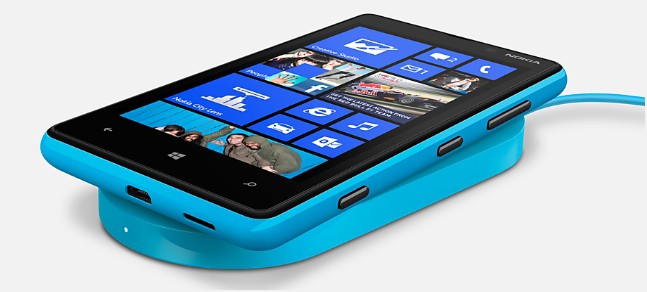
That dual-core processor and the ability to fit micro SD cards is new, but all the rest is pretty much par for the course with the old generation. The Lumia 820 also comes with a wireless charging shell in the box (at least in the UK), although it isn’t built into the phone itself.
So overall, Nokia have a reasonable portfolio, but they haven’t changed as much as they could have done – they’ve got no oversized camera, only one phone with much better specifications and pretty much the same hardware design.
HTC Windows Phone 8X & Windows Phone 8S
HTC are perhaps the one to watch this time around, as they’ve been embraced by Microsoft to perhaps even a greater extent than Nokia. Their phones are called the Windows Phone 8X by HTC and Windows Phone 8S by HTC, the so-called ‘signature series’ for the OS. The new phones have a hardware design that sits between the Nokia Lumias and HTC’s own One X, with iconic tile-inspired designs that are still comfortable to hold.
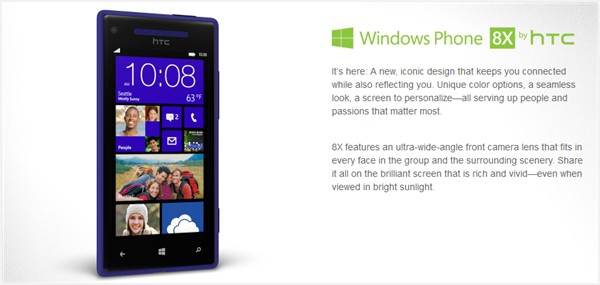
The Windows Phone 8X is the obvious parallel to the 920 and succeeds the HTC Titan as HTC’s ‘big Windows Phone’. The phone runs similar specifications to the 920, with a Snapdragon S4 dual-core processor, 1 GB of RAM, 16 GB of internal memory, NFC and a 4.3″ 720p display. The display of the One X was well praised for its colour accuracy and beautiful looks, and it looks like the same tech is here in the Windows Phone 8X. The 8X also includes Beats audio support, which boost the phone’s loudspeaker and provide a software equaliser.
The Windows Phone 8S, then, parallels the 820 and succeeds the pint-sized HTC Radar. Here HTC have done less interesting things than their Nokia rivals, with a slower 1 GHz Snapdragon S4 dual-core processor, 4″ WVGA display (albeit RGB instead of the 820’s Pentile) and half the RAM at 512 MB. The design is cool though, which a two-tone design with a removable plastic section. Still, it’s not as impressive as Nokia’s lower-end device.
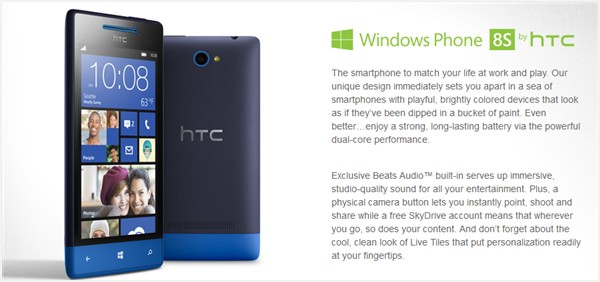
Samsung Ativ S
Samsung are doing incredibly well these days, with the Galaxy S III and Note II hitting very good sales figures in the Android world. The Samsung entrant to the Windows Phone 8 slugfest is the Ativ S, a Windows Phone 8 device that apes their Galaxy S III handset with a faux brushed aluminium design and some strong hardware.
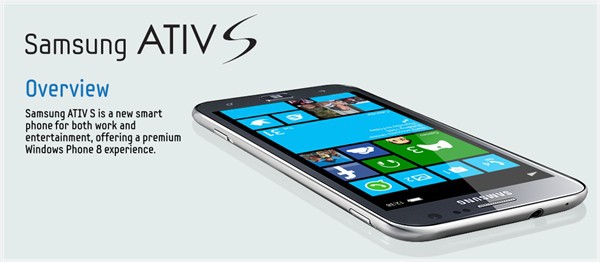
The Samsung Ativ S has the largest display of the bunch, with a 4.8″ 1280 x 720 job that is the same as that used on their Galaxy S III. The rest of the specs are good too – a 1.5 GHz Snapdragon S4 processor, 1 GB of RAM, 16 or 32 GB of internal storage and support for NFC and LTE. Uniquely among Windows Phone flagships, it supports micro SD storage for up to 64 GB of additional memory. The phone also has the largest battery, at 2300 mAh.
Outside of the hardware though, there’s not too much going for the Ativ S. While the Samsung name is undoubtedly worth a lot, there aren’t any unique features to set it aside from the competition like the HTC and Nokia phones and it’s much more normal-looking than its competitors’ efforts.
Huawei Ascend W1
Our final Windows Phone 8 competitor is the Huawei Ascend W1. This one hasn’t been officially announced yet, and therefore should probably come to the market later than its rivals.
Huawei Ascend W1, 2012 pic.twitter.com/UcjzNBEo
— Evan Blass (@evleaks) October 18, 2012
According to the leak, the W1 is a mid-range device with a 4″ WVGA display, a 1.2 GHz dual-core processor, 512 MB of RAM and 4 GB of internal storage. With no other features or specifications to set it apart, the W1 only really competes on price. That is a traditional strong point of the company, but even so I can’t really see much of a reason to recommend the W1 if your budget will stretch to the Lumia 820.
Conclusion
So there we have it – four manufacturers, three flagship handsets, three mid-range handsets. At the moment, my impression is that the HTC Windows Phone 8X is looking the most interesting at the flagship price watermark, while the Nokia Lumia 820 looks the best out of the midrange. We haven’t seen reviews of the Lumia lineup or Huawei’s effort though, so that may change.
What do you think? Let me know in the comments below.

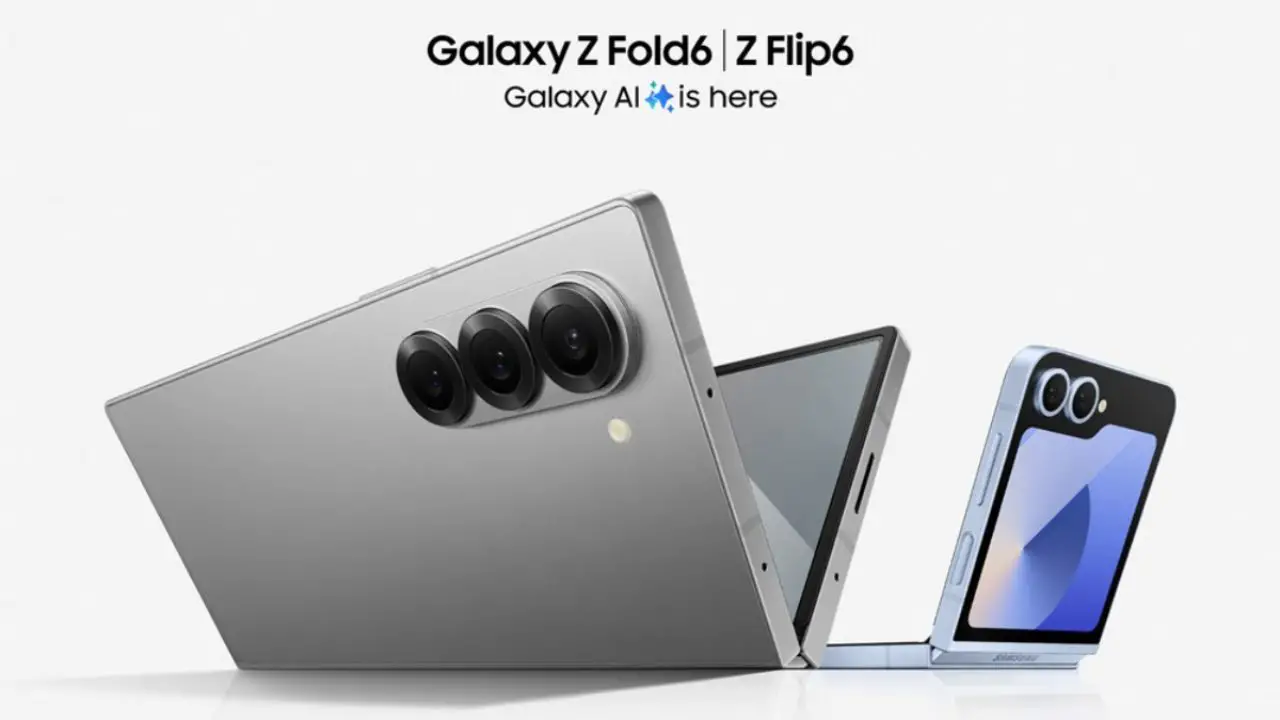
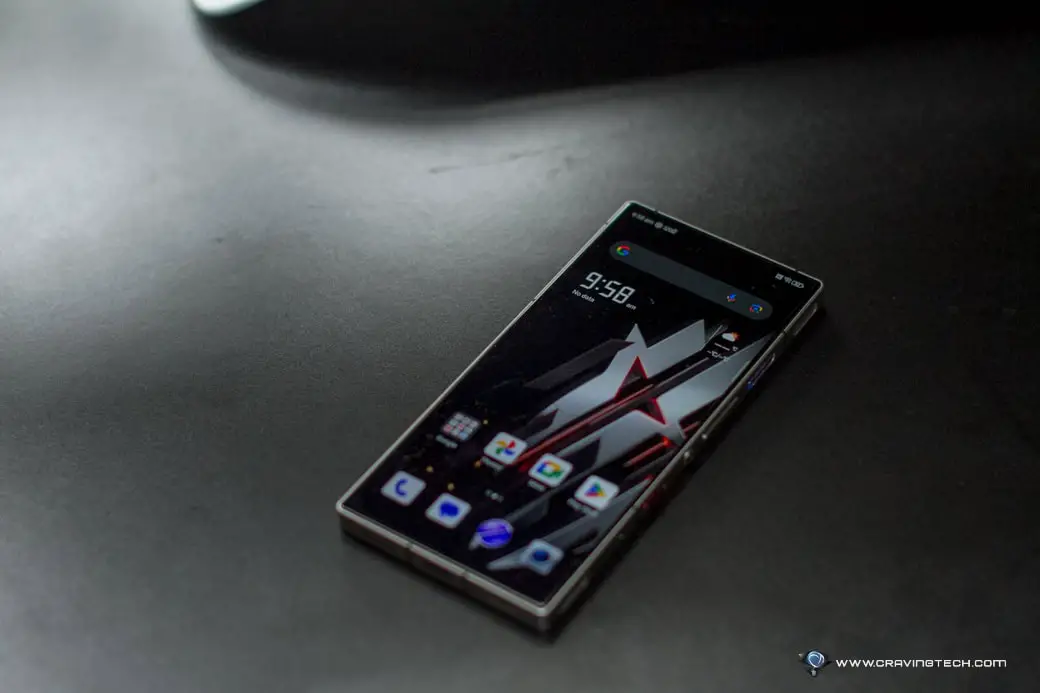

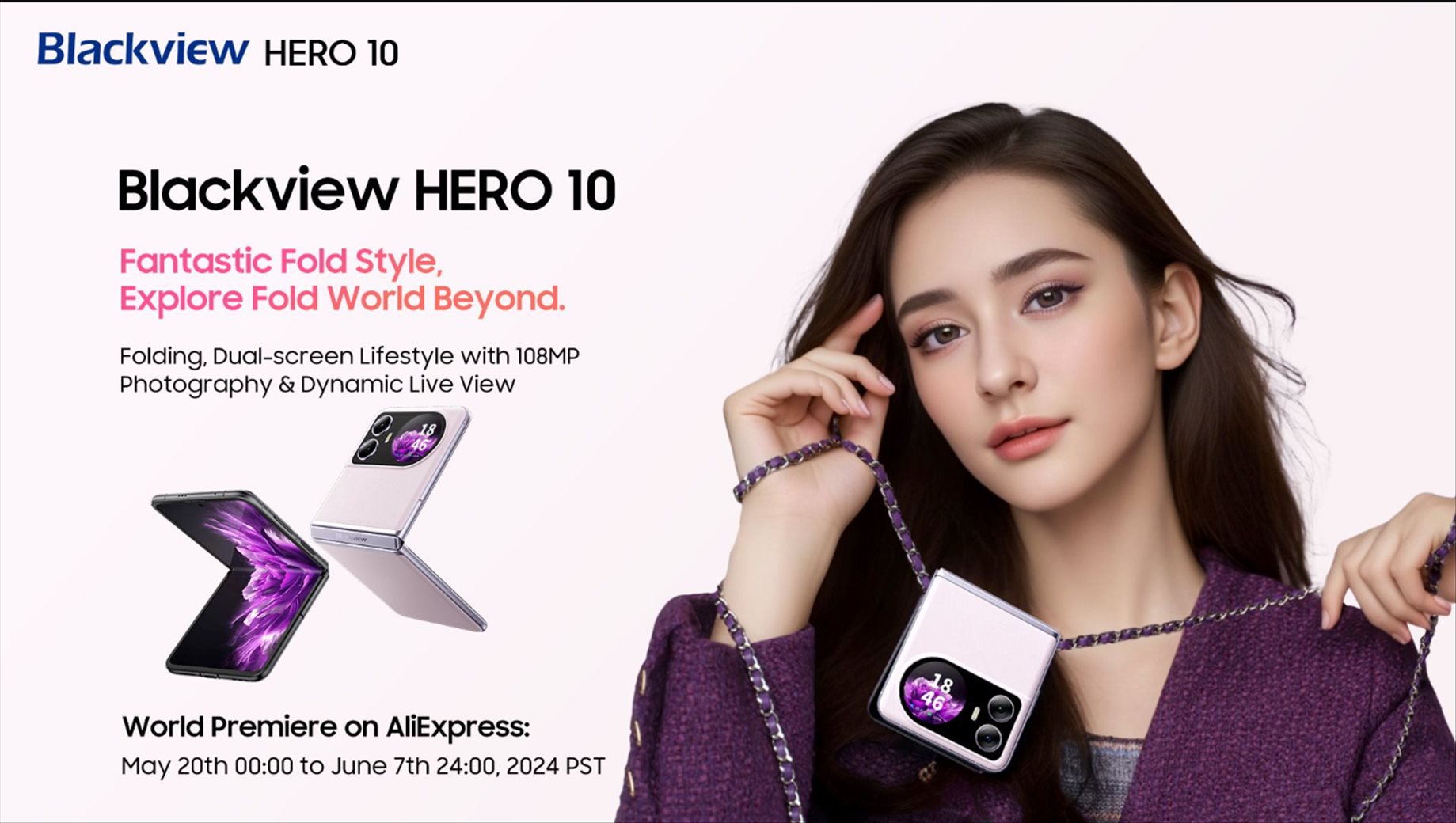
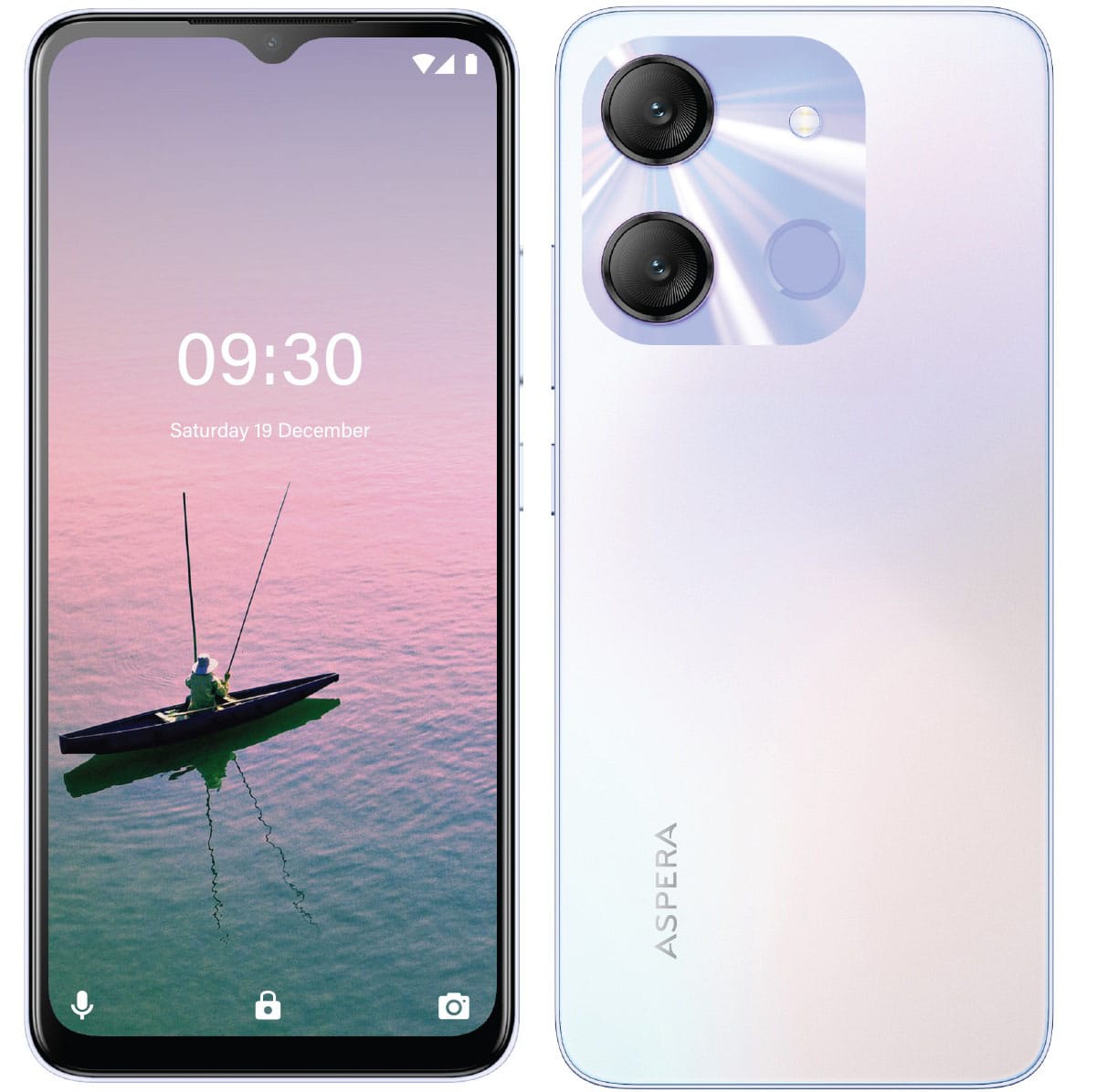
Comments are closed.